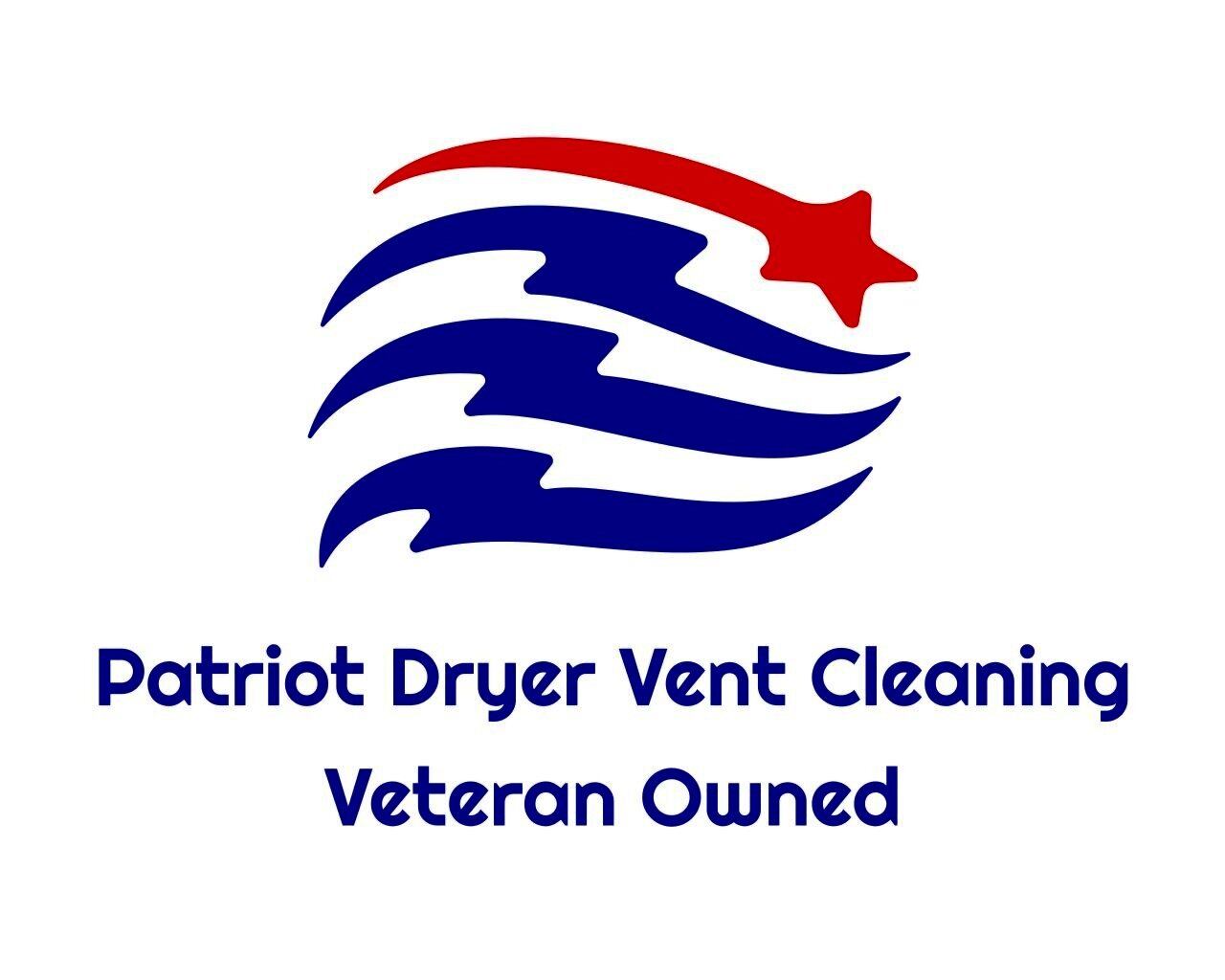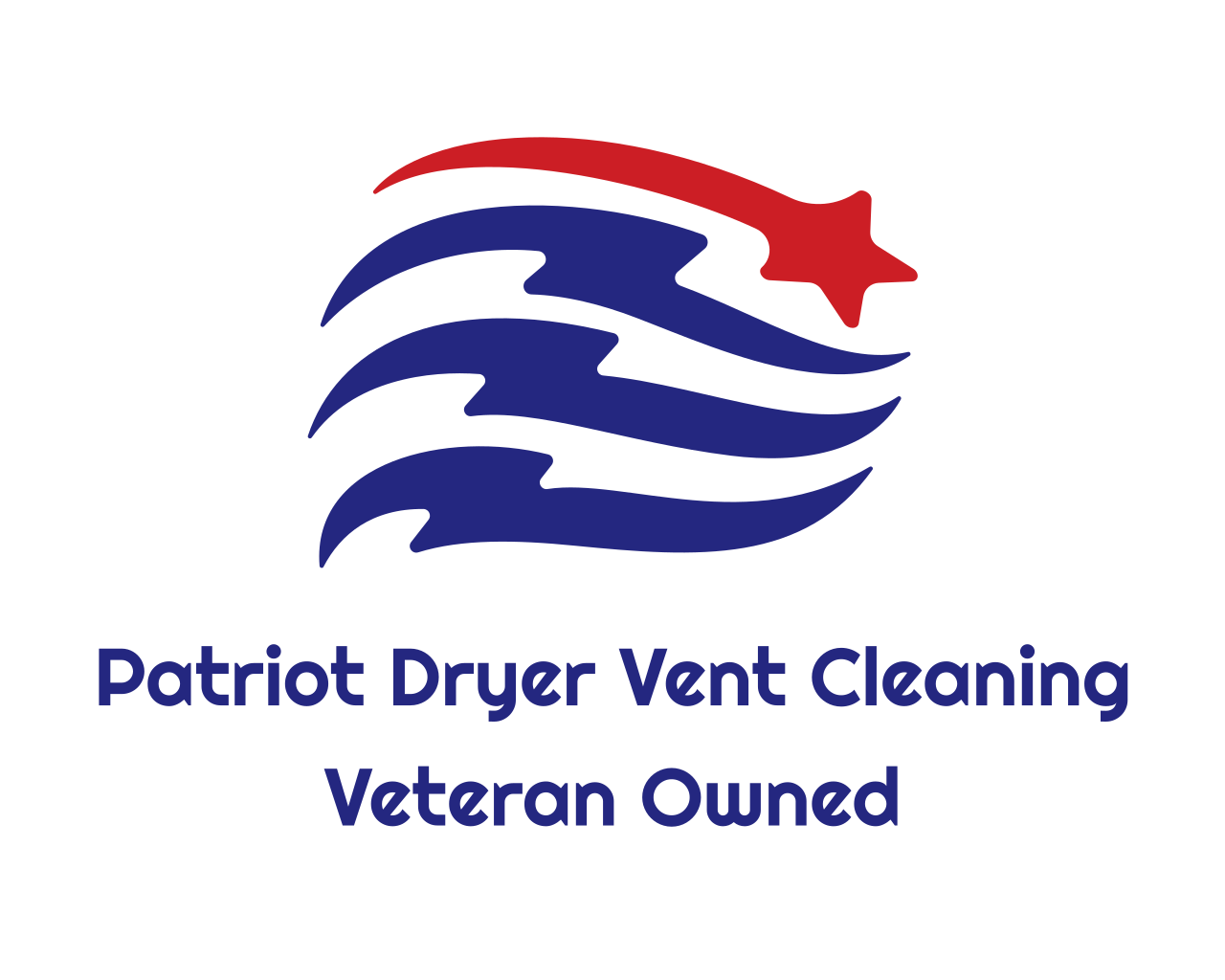DIY Chimney Cleaning: Tips, Tools, and Safety Precautions for Homeowners
Regular chimney cleaning is essential for maintaining a safe and efficient fireplace or heating system in your home. While hiring a professional chimney cleaning service is recommended, some homeowners may choose to tackle chimney cleaning themselves. In this blog post, we'll explore DIY chimney cleaning, providing valuable tips, tools, and safety precautions to help homeowners undertake this task effectively and safely.
1. Understanding the Importance of Chimney Cleaning:
The accumulation of soot, creosote, and other material inside the chimney over time is removed by chimney cleaning. Particularly combustible and a potential cause of chimney fires is creosote, which should be routinely removed. Maintaining a clean chimney lowers your danger of fire, carbon monoxide buildup, and chimney damage while also ensuring enough ventilation.
2. Assessing the Condition of Your Chimney:
Examine your chimney's condition before trying to clean it. Inspect the chimney walls for any debris or obstructions, as well as indications of creosote development, such as a slick, tar-like substance. Furthermore, look for any structural problems that might need professional assistance, such as cracks or loose bricks.
3. Essential Tools for DIY Chimney Cleaning:
Gather the necessary tools and equipment for chimney cleaning, including:
Chimney brush: Choose a brush size appropriate for your chimney's dimensions.
Extension rods: Attachable rods to extend the reach of the chimney brush.
Drop cloth or tarp: To protect your fireplace and surrounding area from debris.
Flashlight: For inspecting the chimney interior.
Dust mask and goggles: To protect yourself from dust and debris.
Sturdy ladder: For accessing the roof and chimney cap.
4. Chimney Cleaning Procedure:
Follow these steps for DIY chimney cleaning:
Begin by cleaning the fireplace or stove, removing ashes and debris.
Place a drop cloth or tarp in front of the fireplace to catch debris.
Climb onto the roof and locate the chimney cap.
Use a chimney brush attached to extension rods to sweep the chimney from top to bottom.
Work in a slow, methodical manner, ensuring thorough coverage of the chimney interior.
Once the chimney is clean, remove the brush and inspect the chimney cap for any debris or blockages.
Use a flashlight to inspect the chimney interior for remaining creosote buildup or debris.
5. Safety Precautions for DIY Chimney Cleaning:
Prioritize safety when cleaning your chimney:
Wear a dust mask and goggles to protect yourself from dust and debris.
Use a sturdy ladder and exercise caution when climbing onto the roof.
Work in pairs if possible, with one person inside the house and one on the roof for added safety.
Avoid chimney cleaning during windy or inclement weather conditions.
Keep a fire extinguisher nearby in case of emergencies
Hiring a Professional Chimney Sweep Provider:
Your main priorities should be the safety and effectiveness of your home's chimney system while deciding between professional and do-it-yourself chimney cleaning. A competent chimney sweep service, such as Patriot Chimney Sweep in San Antonio (Flat Rate 200$), can offer maintenance that is specifically catered to your needs and climate. Make an appointment for a chimney cleaning right away to ensure your family's safety and enjoy your fireplace with peace of mind.




